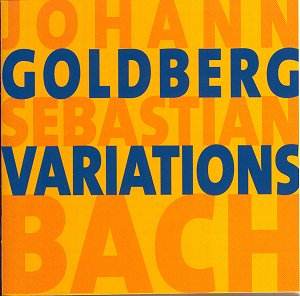 Composer: Ludwig van Beethoven
Composer: Ludwig van Beethoven
Works: Sonata No.30 in E major, Op.109; Sonata No.31 in A flat major, Op.110; Sonata No.32 in C minor, Op.111
Performers: Freddy Kempff (piano)
Recording: Recorded in March 2000 at Nybrokajen 11, Stockholm
Label: BIS CD 1120
Freddy Kempff’s recordings of Beethoven’s late sonatas stand as a testament to the enduring complexity and emotional depth of the composer’s final works. Composed during a period of profound personal and artistic struggle, the sonatas reflect Beethoven’s shifting relationship with form and expression, as he sought to encapsulate the vastness of human experience within the confines of the piano. This recording, featuring three of the late sonatas—Op.109, Op.110, and Op.111—invites listeners into a nuanced dialogue between the performer and the composer, revealing both the challenges and triumphs inherent in these masterpieces.
Kempff’s interpretation of the Op.109 Sonata showcases a commendable grasp of Beethoven’s multifaceted rhythmic structures. The first movement, marked Allegro, is imbued with a directness that is both refreshing and insightful. Kempff navigates the intricate accents with clarity, allowing the thematic material to unfold in a way that feels both intentional and organic. The adagio, often the emotional heart of the piece, is rendered with a dramatic sense of scale; Kempff’s nuanced dynamics craft an atmosphere that oscillates between serenity and tension. A particular highlight occurs at bar 83, where his use of the una corda pedal creates a delicate, ethereal quality reminiscent of “floating clouds,” a moment that crystallizes the essence of Beethoven’s late style.
In contrast, the Op.110 demands a greater level of interpretative mystery, and here Kempff employs minimal rubato to maintain a sense of forward momentum. His sensitivity to phrasing and dynamics lightens the texture, allowing Beethoven’s intricate counterpoint to emerge with clarity. The opening of the first movement, with its delicate touch, is particularly effective; Kempff’s ability to articulate single notes with precision enhances the overall clarity of the work. The pedaling is executed with remarkable finesse, ensuring that staccato passages retain their crispness without succumbing to a muddied sound.
Op.111 presents the most formidable challenges of the trio, both technically and interpretively. Kempff demonstrates a formidable command of the keyboard but occasionally falters in conveying the intended emotional trajectory of the piece. In the Arietta, the tonal balance at times seems to overshadow Beethoven’s intent for subdued introspection, leading to a sound that can feel overly assertive. Nevertheless, his interpretation of the Maestoso opening is compelling, with a well-maintained rhythmic pulse that showcases his technical prowess. The allegro con brio provides a satisfying conclusion, striking an admirable balance between speed and clarity, allowing for a polyphonic radiance that captures Beethoven’s genius.
The recording quality of this BIS release merits commendation, with a sound that is both rich and transparent, allowing the subtleties of Kempff’s playing to shine through. Each note is captured with clarity, ensuring that the listener is enveloped in the intricate textures of Beethoven’s writing. Although Kempff’s interpretations are distinctive, comparisons to recordings by renowned pianists such as Artur Schnabel or Alfred Brendel reveal a different approach to these same works, highlighting the personal nature of performance and the myriad ways in which Beethoven’s music can be interpreted.
Freddy Kempff’s recording of Beethoven’s late sonatas is a significant contribution to the discography, showcasing a young pianist with an already impressive command of the repertoire. His ability to draw beauty from the piano and to articulate Beethoven’s profound emotional landscape is commendable, making this disc a worthwhile listen. While there are moments that suggest the need for further exploration and insight, Kempff’s interpretation remains a fascinating encounter with one of the towering figures of classical music. This release should be embraced not only as a reflection of Kempff’s burgeoning artistry but also as an invitation to delve deeper into the complexities of Beethoven’s late works.



